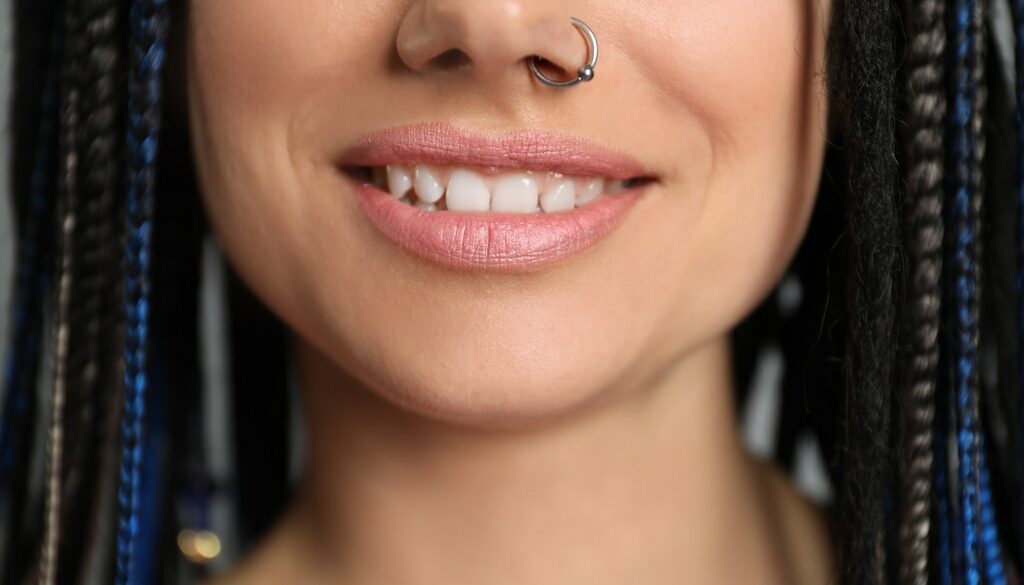What Causes Keloids on Ear and Nose Piercings?
You’re ready to showcase your new earrings or nose ring, but something hinders you from making the fashion statement you want.
Around the area where you received the piercing, you may have noticed a large, lumpy, raised scar.
This could be a sign of a keloid, and they can appear on ears or noses. They typically occur in places where an injury is healing.
While they can be unattractive, keloids are rarely harmful. However, if they are not treated, they can continue growing for months and sometimes years.
We’ll take a closer look at what causes keloids on piercings, keloid removal options, and more.
How Can You Tell if a Keloid Is Forming on Your Piercing?
First, it’s important to realize that a keloid often does not occur immediately after the skin injury. Therefore, it may take months after your piercing for one to develop.
The primary and most obvious sign is a thick, irregular scar, which often occurs on the earlobes. Other symptoms include:
- Lumpy, hairless and shiny raised skin
- A scar that is reddish, brown or purplish (this may vary depending upon your skin’s color and tone)
- Itching
- Discomfort
Keloids also vary in size and texture, so they can be either rubbery or soft and firm.
What Causes Keloids on Piercings?
No one has an exact answer or specifics for why they form, but researchers believe it centers around problems with the wound-healing process and collagen. Collagen is a protein that is needed for proper wound healing. However, in some cases, the body may produce an overabundance of collagen. As a result, keloids form.
They can also sometimes be triggered by injuries or even something as simple as an insect bite.
Are Keloids Cancerous?
No, but because they have a dramatic impact on your appearance, many people find them upsetting. They may also be painful and itchy. Keloids will likely continue to grow without treatment.
Is a Keloid Contagious?
No, keloids are not contagious.
Do Keloids Go Away?
Keloids will not go away without treatment. As we mentioned earlier, they can continue to grow, and while they will eventually stop expanding, this may not occur for several months or years.
How Do You Remove a Keloid from Ear Piercing or Nose Piercing?
Typically, keloids are able to be removed through the following techniques depending on the size of the keloid:
- Using corticosteroid shots to shrink the scar
- Surgical removal to cut out the keloid
Raleigh Capitol ENT Physicians Can Remove Unsightly Keloids
While keloids aren’t cancerous and don’t affect your health, they can have an impact on your self-esteem. Keloids on your nose or ears can be upsetting, particularly if they are itchy and painful. Keloids will not go away through self-care or home remedies.
Our physicians at Raleigh Capitol ENT utilize the latest techniques to remove keloids in a way that is minimally invasive and doesn’t damage the surrounding tissue. These simple, yet effective, procedures can transform the way you look.
If an unsightly keloid is impacting your life, contact us today to schedule an appointment to see the difference our doctors can make.

